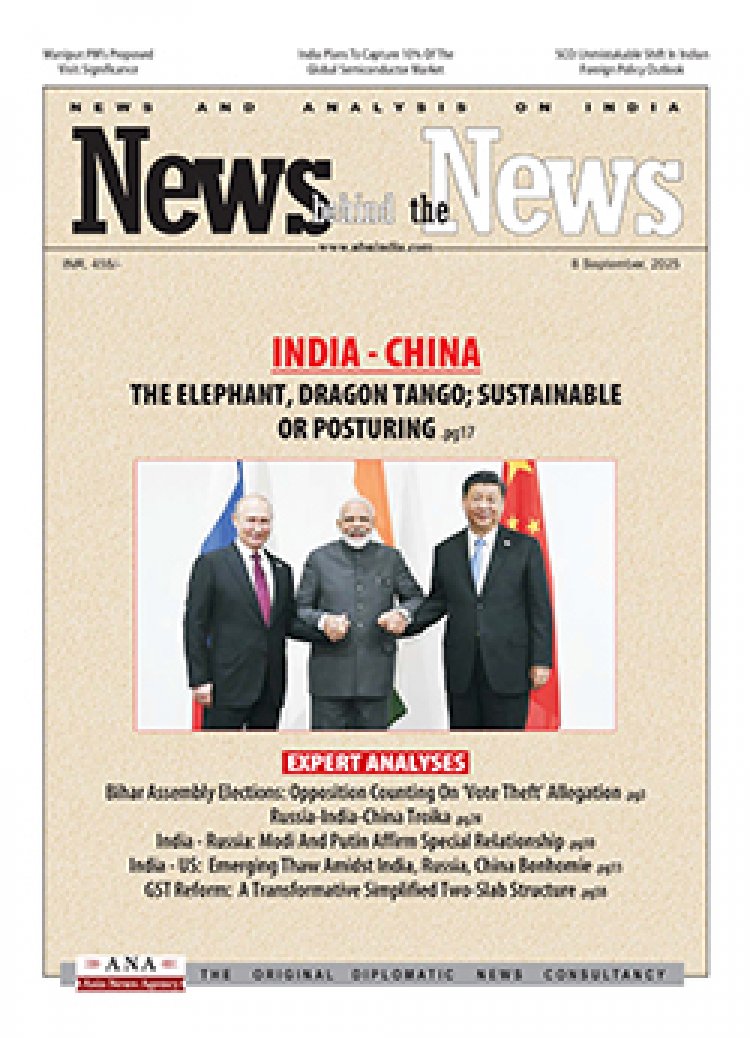Scope for MSMEs to adopt digital technologies MSMEs
STORIES, ANALYSES, EXPERT VIEWS

Micro, small and medium enterprises (MSMEs) have a big role to play for India to realise its goal of becoming a $7 trillion economy by 2030. The segment, which accounted for ~29% of the country’s gross domestic product as of fiscal 2022, has been unable to realise its potential owing to persistent challenges.
“Lack of adequate and timely access to finance and market have been major challenges,” according to Binaifer Jehani (Business Head, Risk Solutions – Assessments & Social Sector Consulting, CRISIL Market Intelligence and Analytics) and Manasi Kulkarni (Associate Director, Risk Solutions – Assessments & Social Sector Consulting, CRISIL Market Intelligence and Analytics).
Benefits of digitisation: Most of the ~6.5 crore MSMEs are micro and small enterprises that operate in the informal sector and lack assets for collateral or financial accounting to establish a business track record, or the necessary infrastructure to tap into lucrative markets.
Digitalisation — in finance and commerce — “can help these entities break the vicious cycle.”
Today, online financial transactions have increased at a rapid pace in India, powered by 116.7 crore smartphone users, as per the Telecom Regulatory Authority of India.
In fiscal 2024, there were 13,440 crore transactions via the Unified Payments Interface (UPI), clocking a 50% compound annual growth rate from 2731.7 crore transactions in fiscal 2021.
Government facilitating digitisation: MSMEs, write the two authors “need to harness this increased digitalisation of the financial scape for their growth. The government is facilitating the union of digitalisation and finance through various initiatives…….” MSMEs across India are also “increasingly embracing digitalisation. Take, for example, the government’s e-commerce platform, Open Network for Digital Commerce, which clocked 1.2 crore transactions in July 2024, the highest since its inception a year ago. More than 80% of the sellers on the platform are MSMEs.”
The Government e Marketplace (GeM) crossed gross merchandise value (GMV) of Rs 4 lakh crore in fiscal 2024 from Rs 38,573 crore in fiscal 2021. “This sharp growth has given a strong push to the MSME segment, which contributed to 49.37% of the total orders in fiscal 2024.”
Role of private sector: The “private sector is also playing a role in this effort. Post Covid, digitalisation among MSMEs has increased, with many of them following a hybrid model of sales.”
E-commerce companies have started several schemes and programmes to help MSMEs get on board their platforms.
As per the Economic Survey 2024, MSMEs accounted for nearly 70% of total e-commerce sales in India as of fiscal 2021. The survey also pegged India’s e-commerce industry would cross $350 billion by fiscal 2030.
Despite the rising share of MSMEs in e-commerce, the two authors note “there is a lot of scope for MSMEs who are yet to adopt digital technologies.”
















